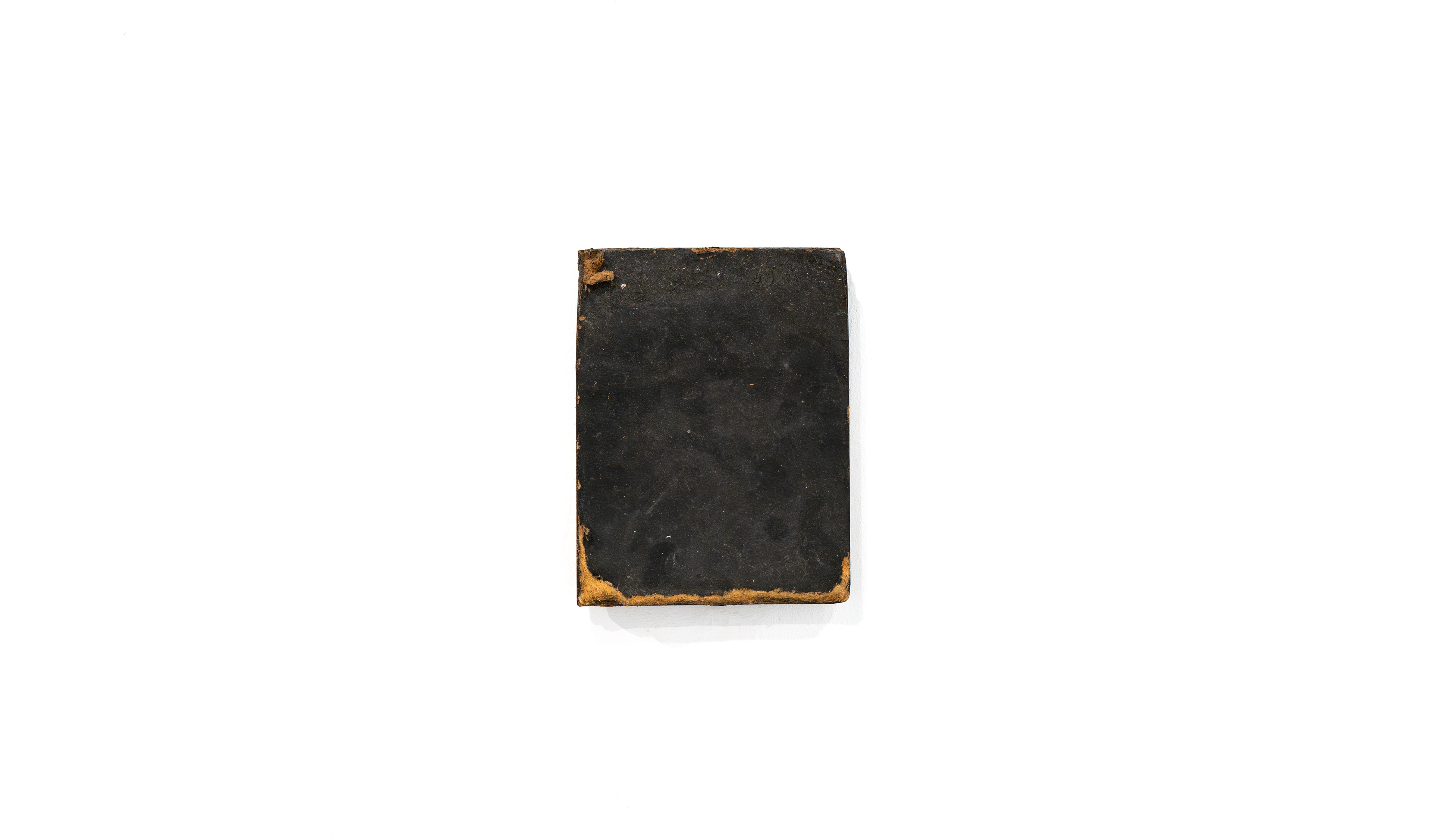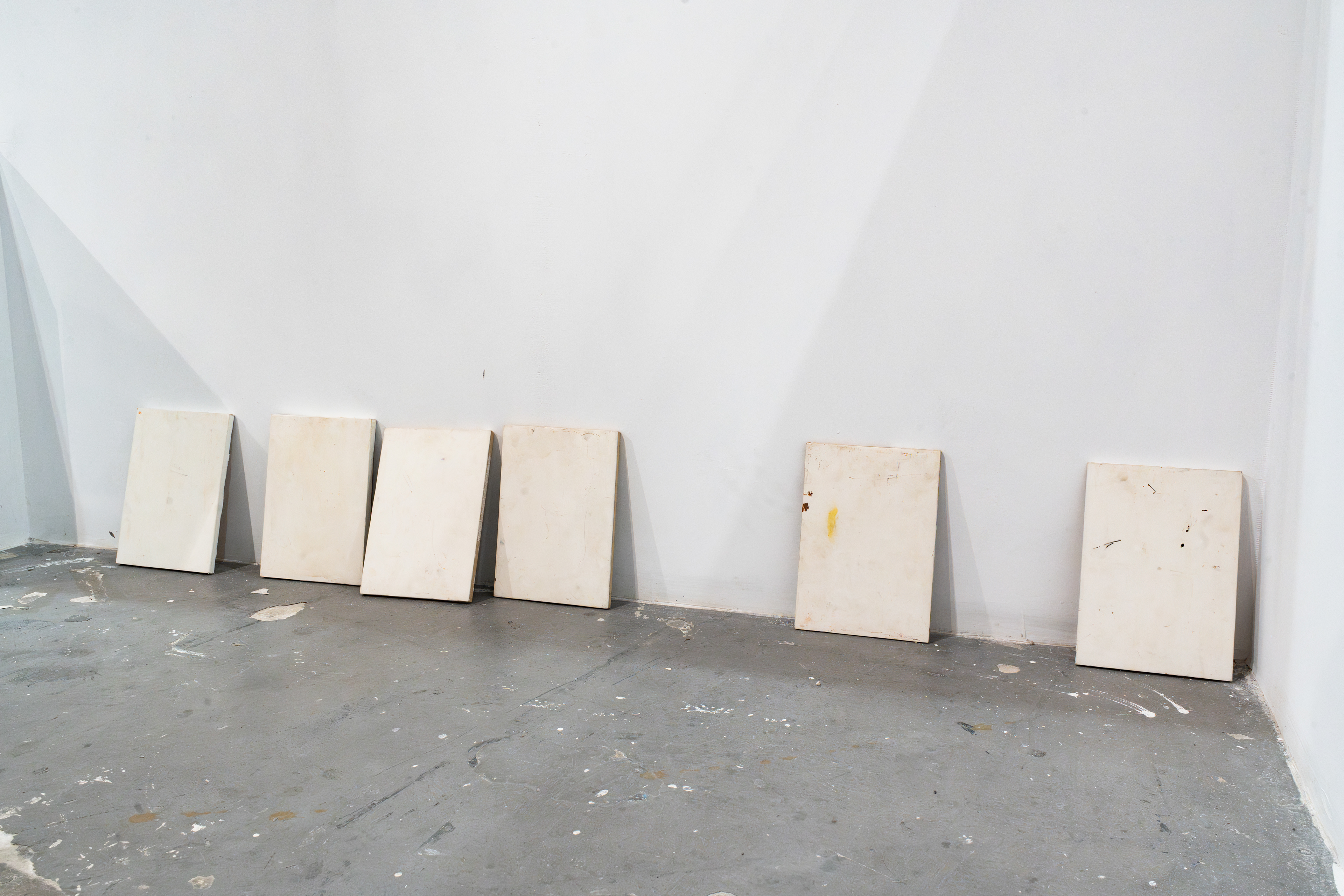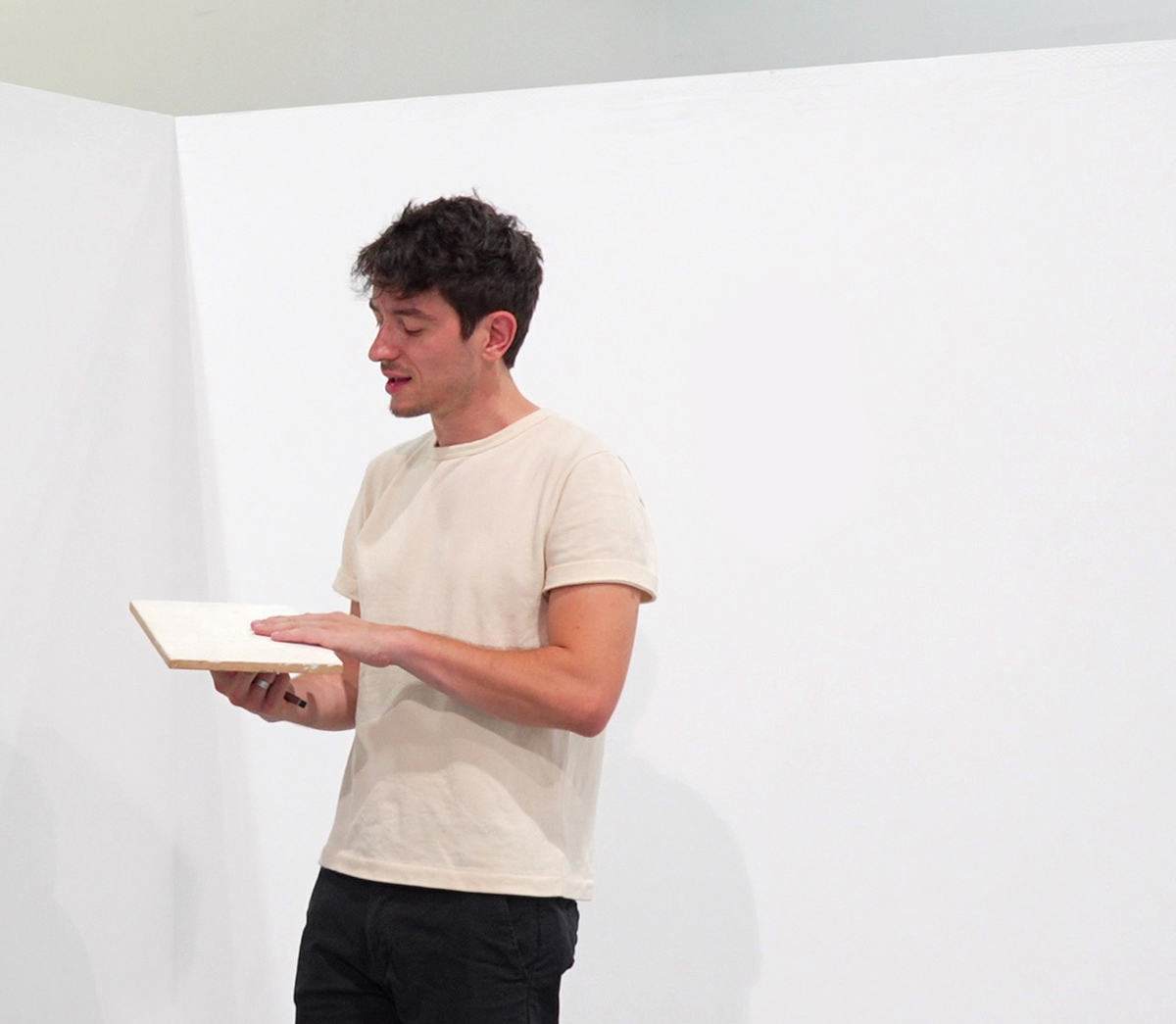Installation 6.5x5x2 m | Drywall, photography, micro sculptures, artistic findings
The work, through the concept of section/cut and the practice of encounter, explores the thematic triangle of coexistence – vainness – absence
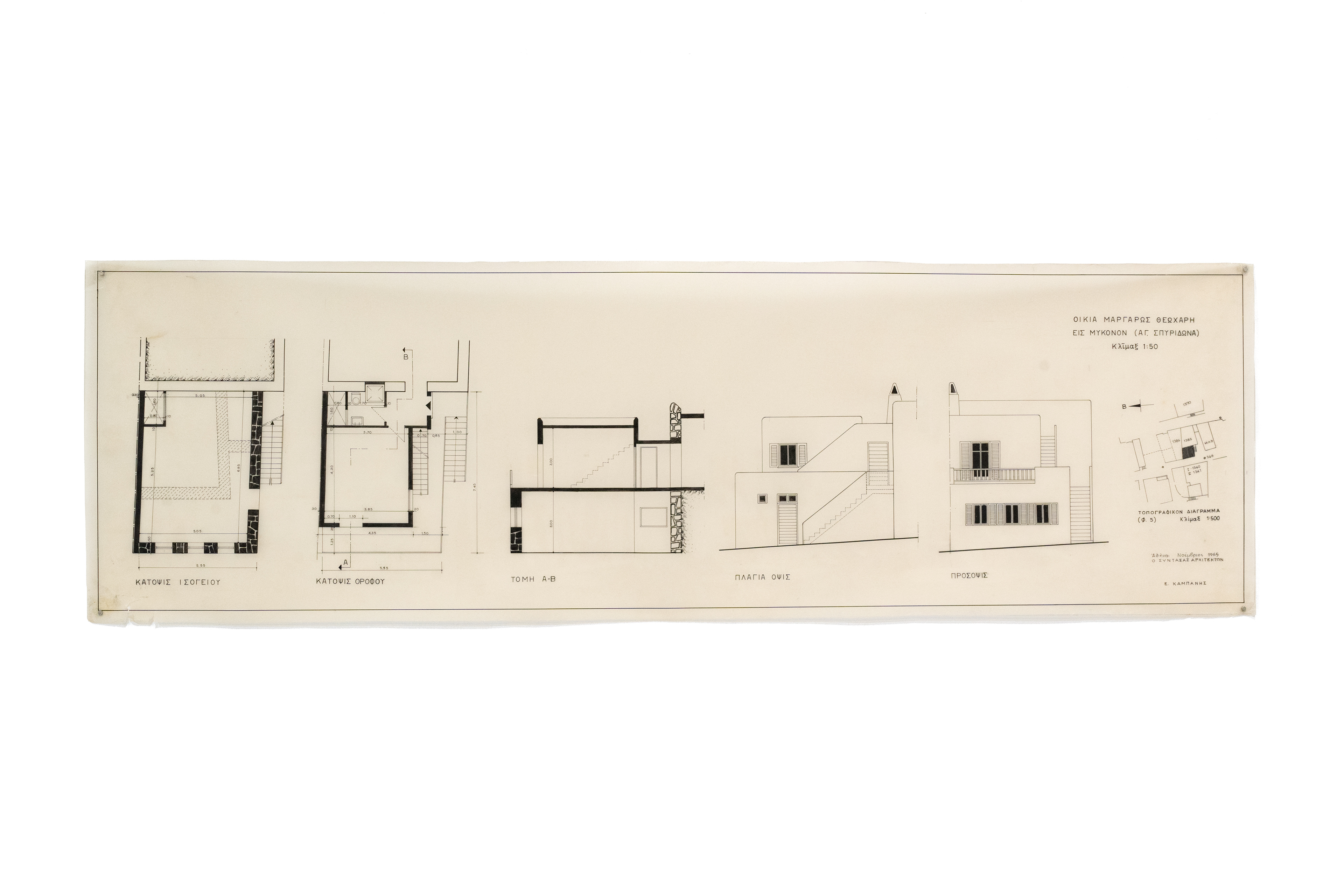
This 1965 architectural design serves as a discovery, artistically utilised as a strict spatial unfolding. The edge of the section marks the first point of contact and entry into the work. The design is embodied and brought into presence.
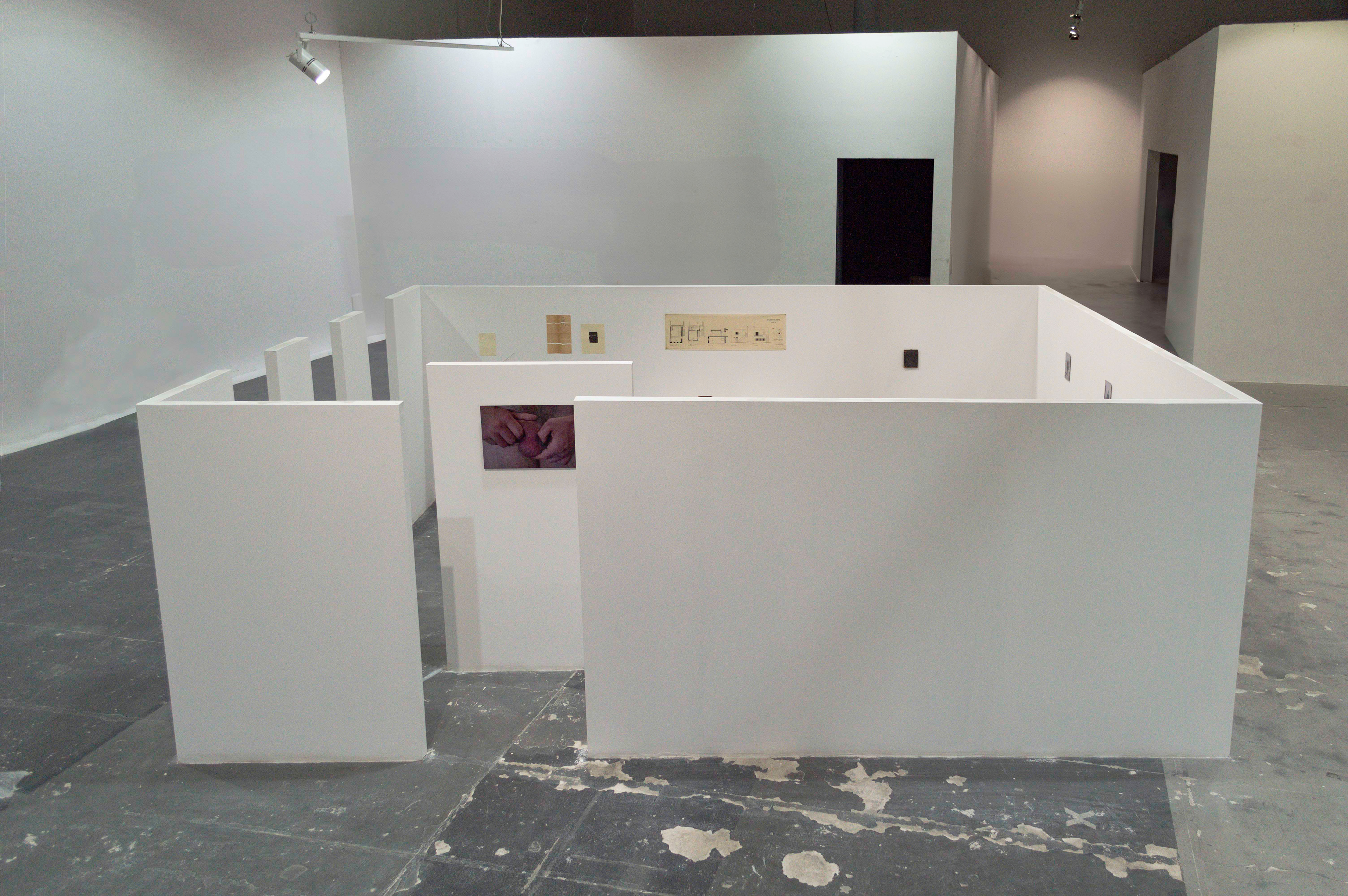
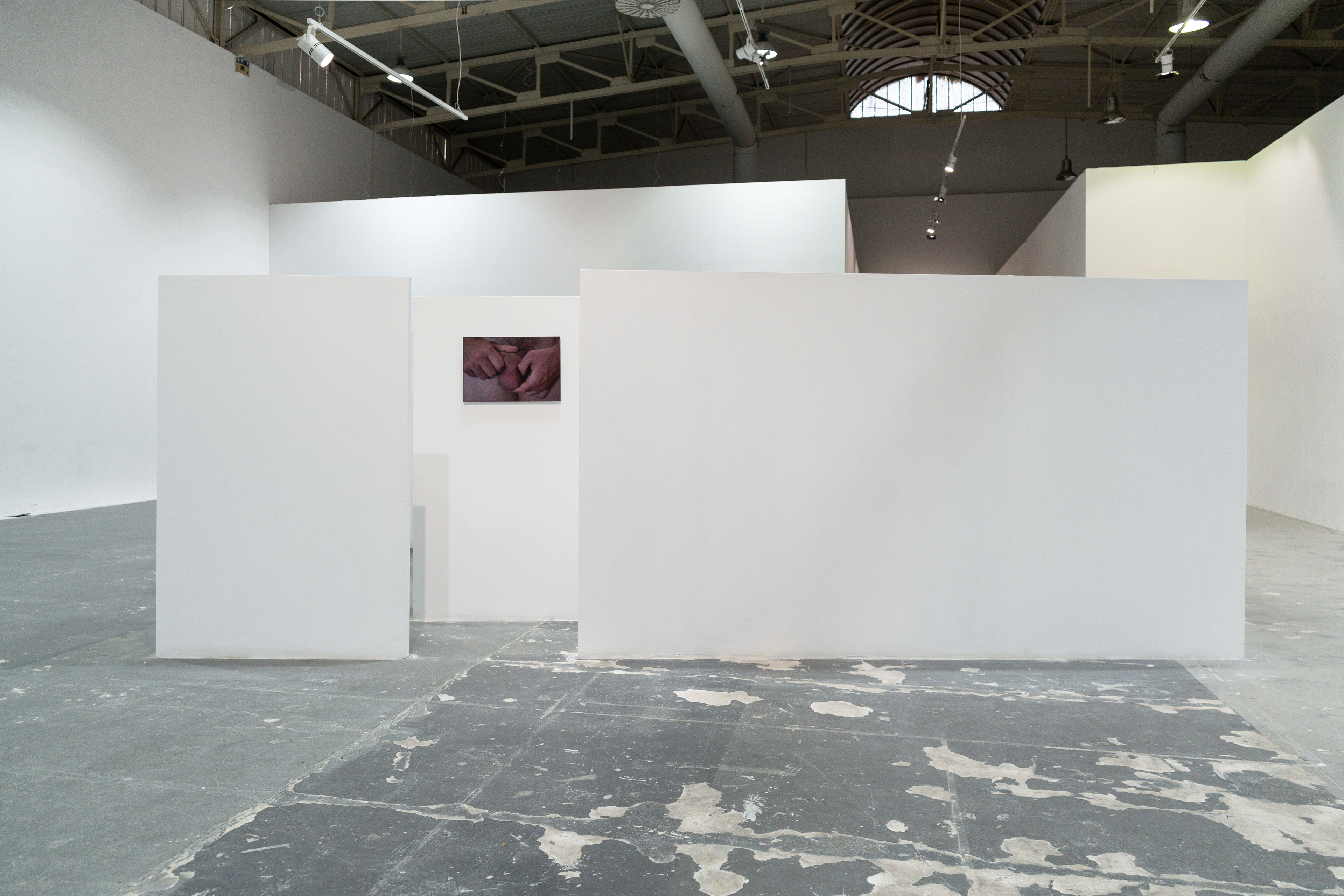
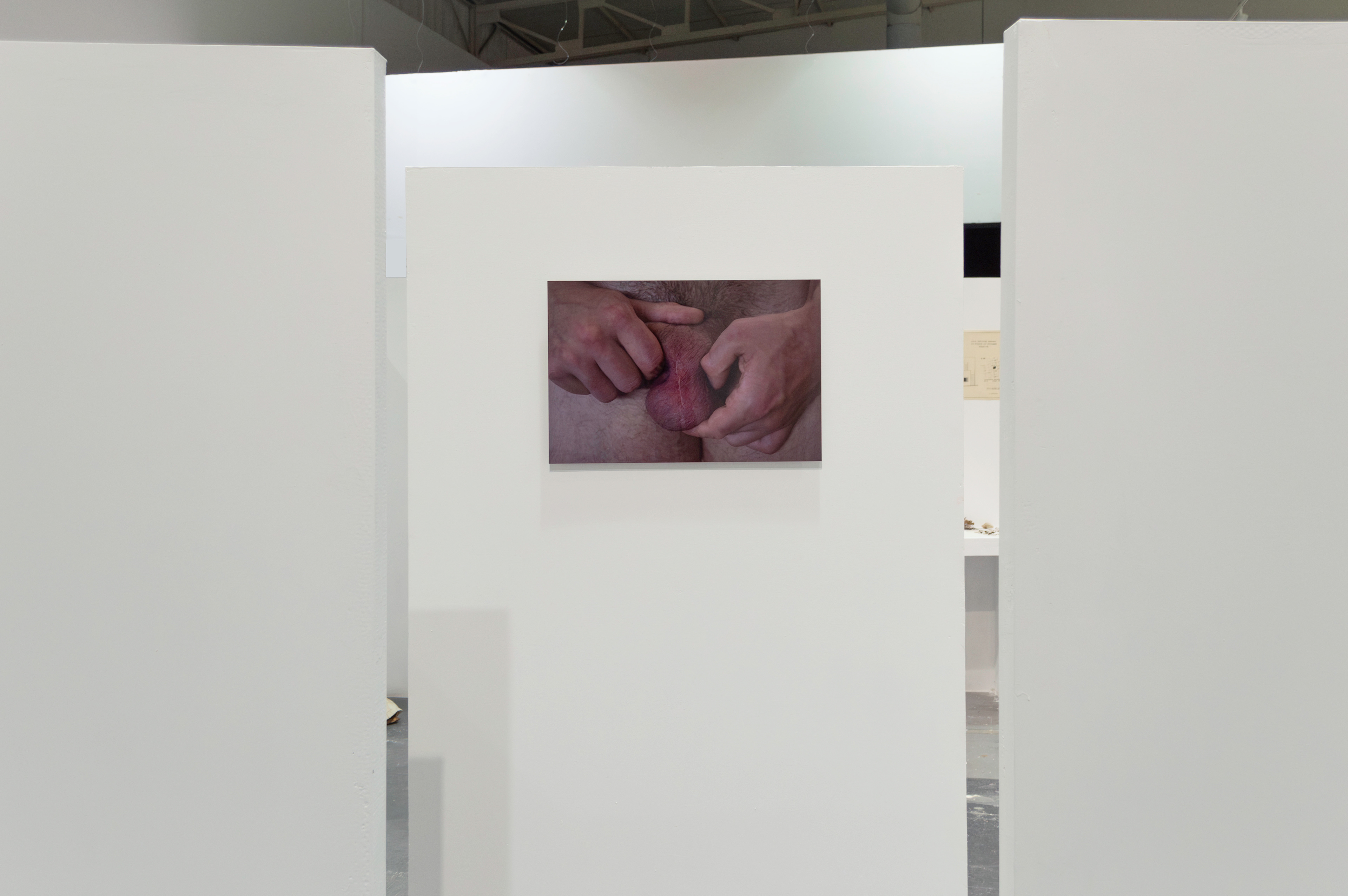
The incision on the scrotum, as a scar and a memory on the body, marks the entry into a conceptual space and acknowledges the absence of a testicle.
metal printed photograph | 60x40cm
I perceive and become aware of absence through space. Absence necessitates space, serving as the boundary that separates and shields you from chaos.
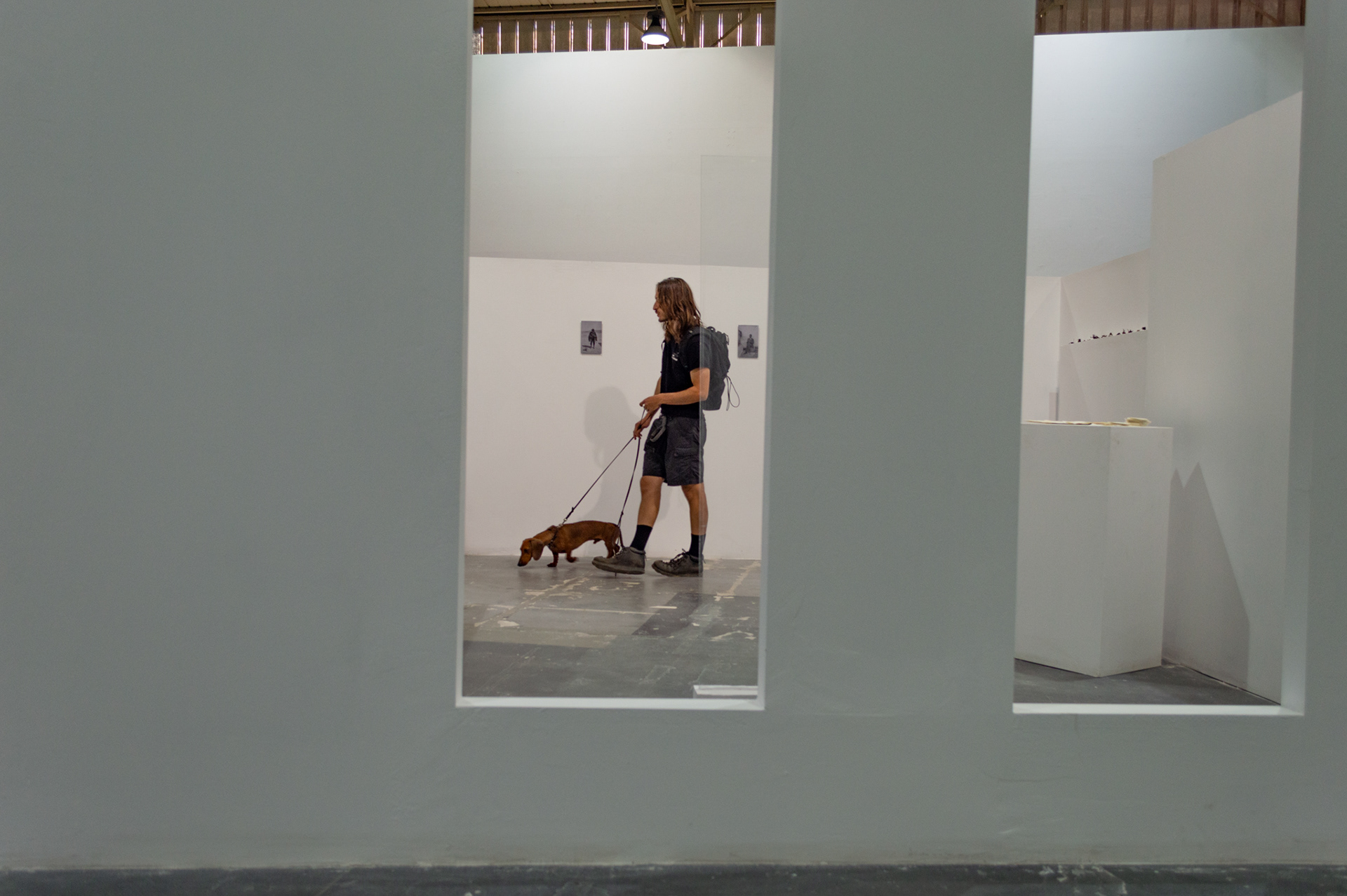
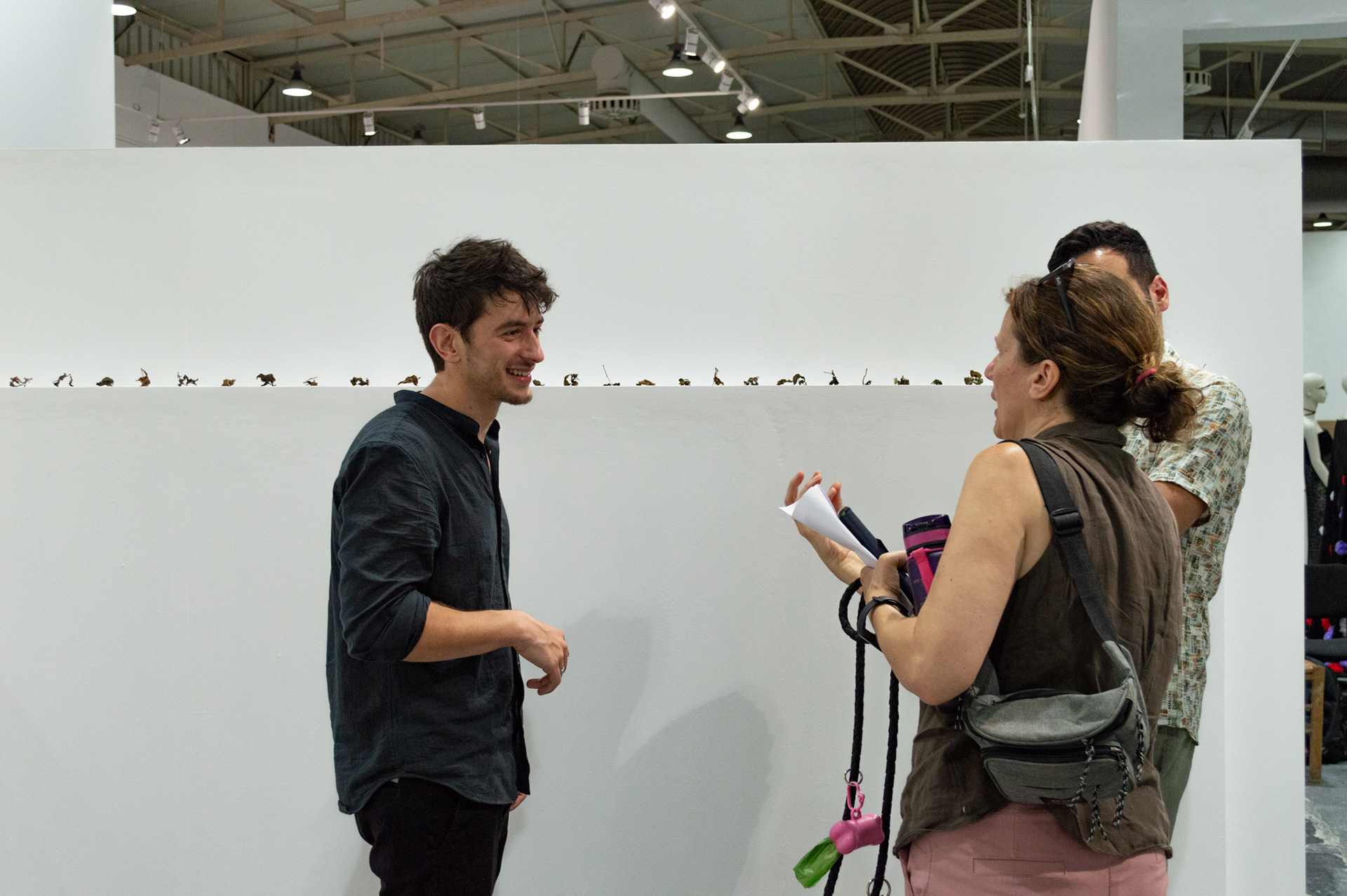
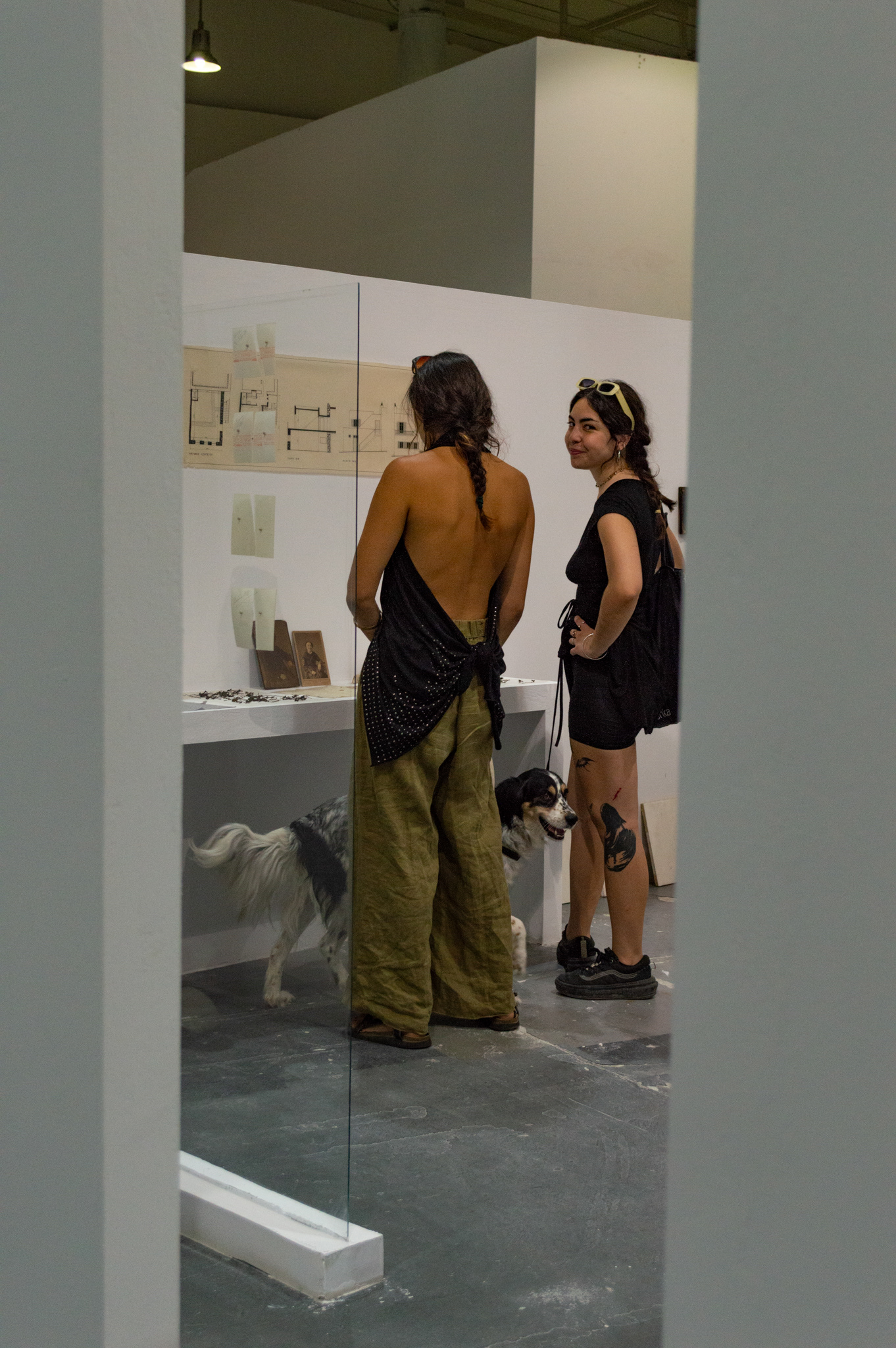
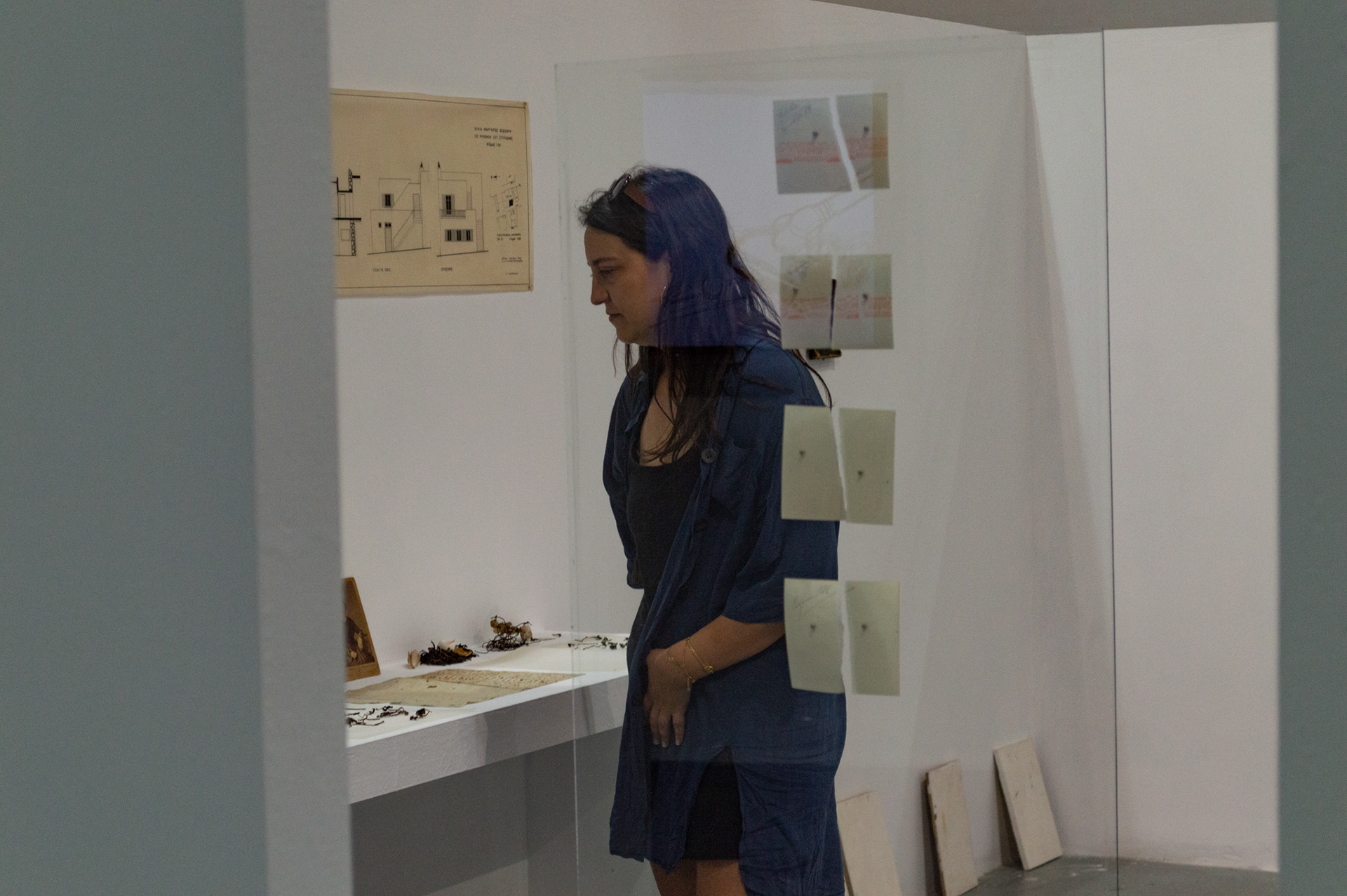
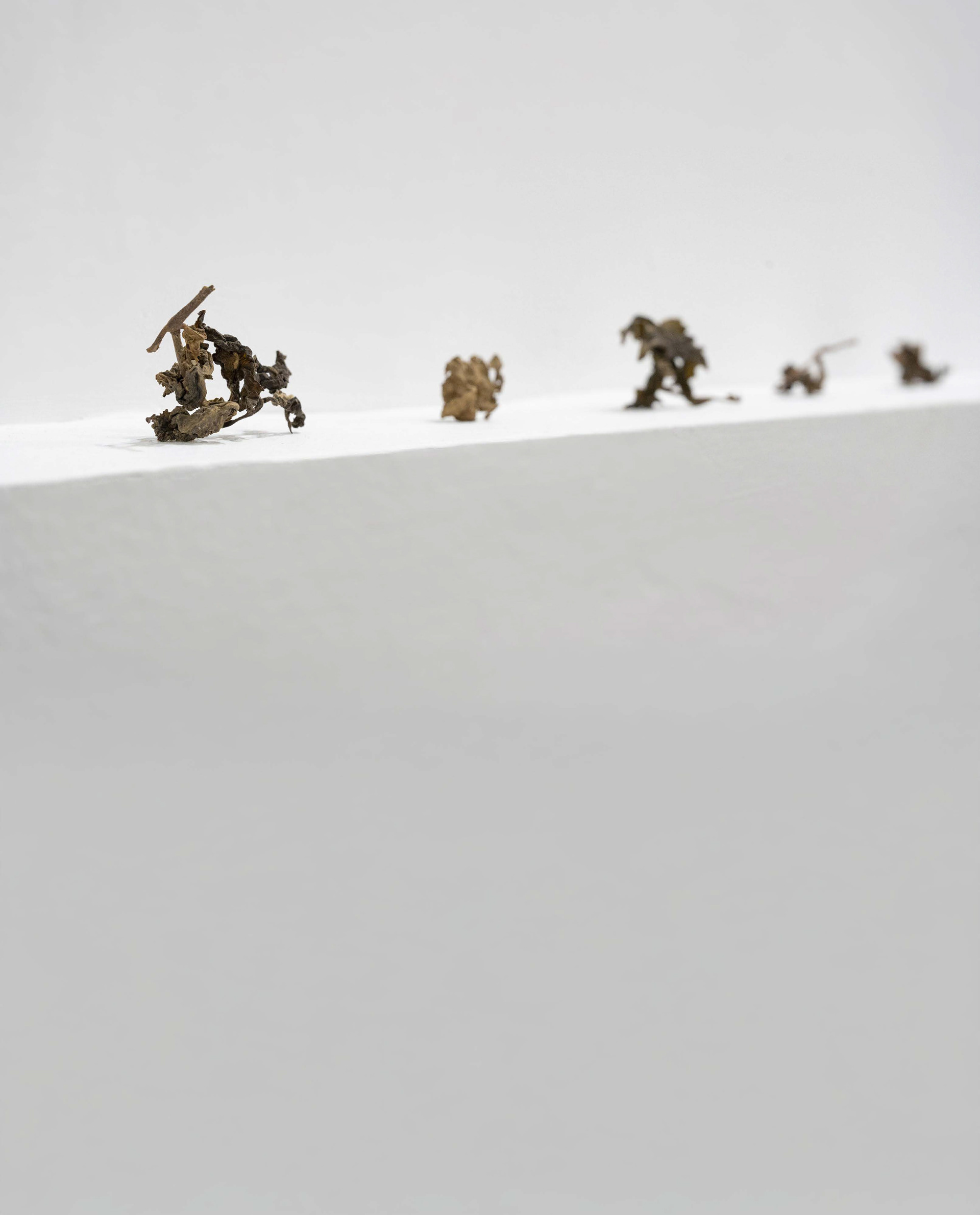
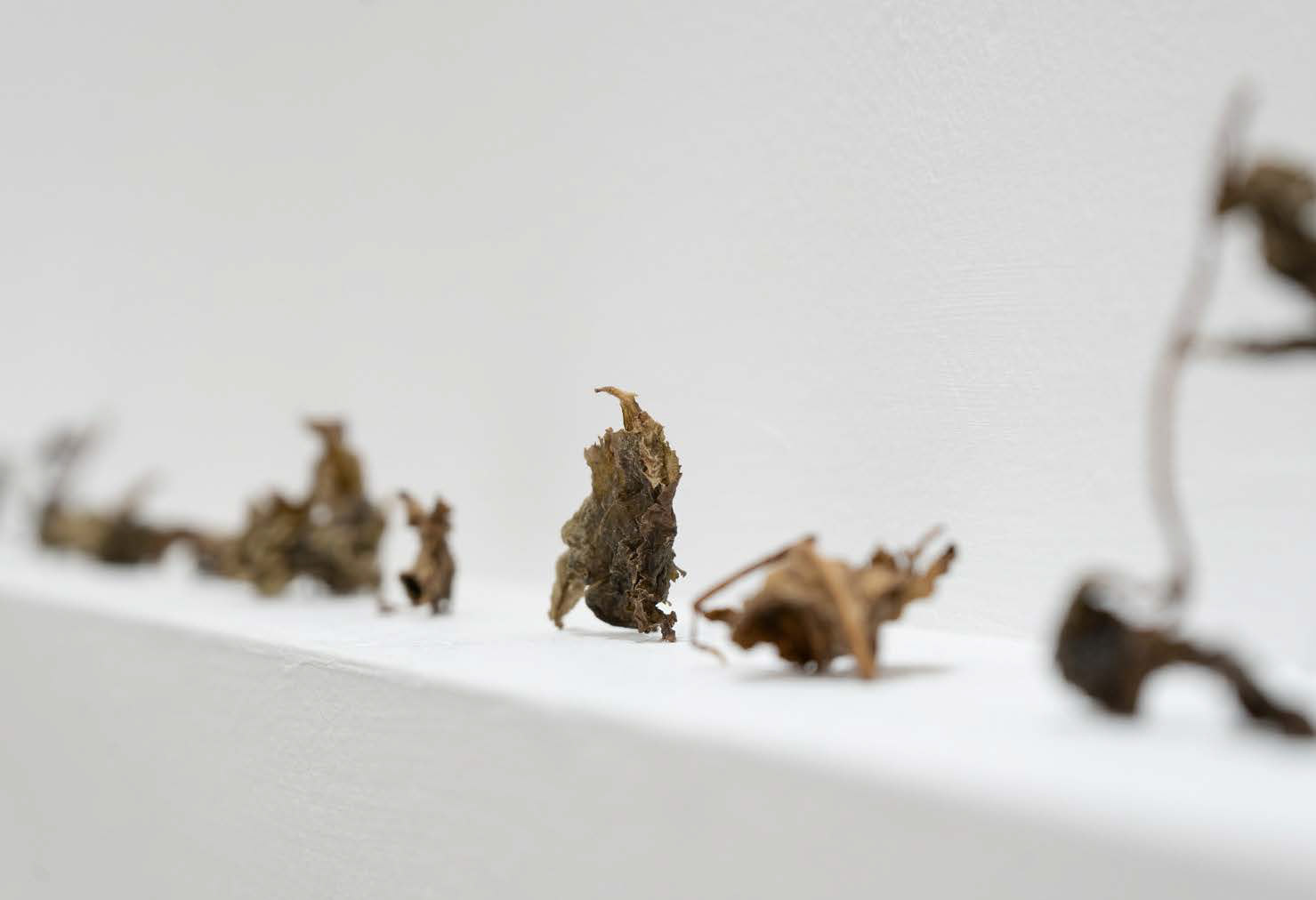
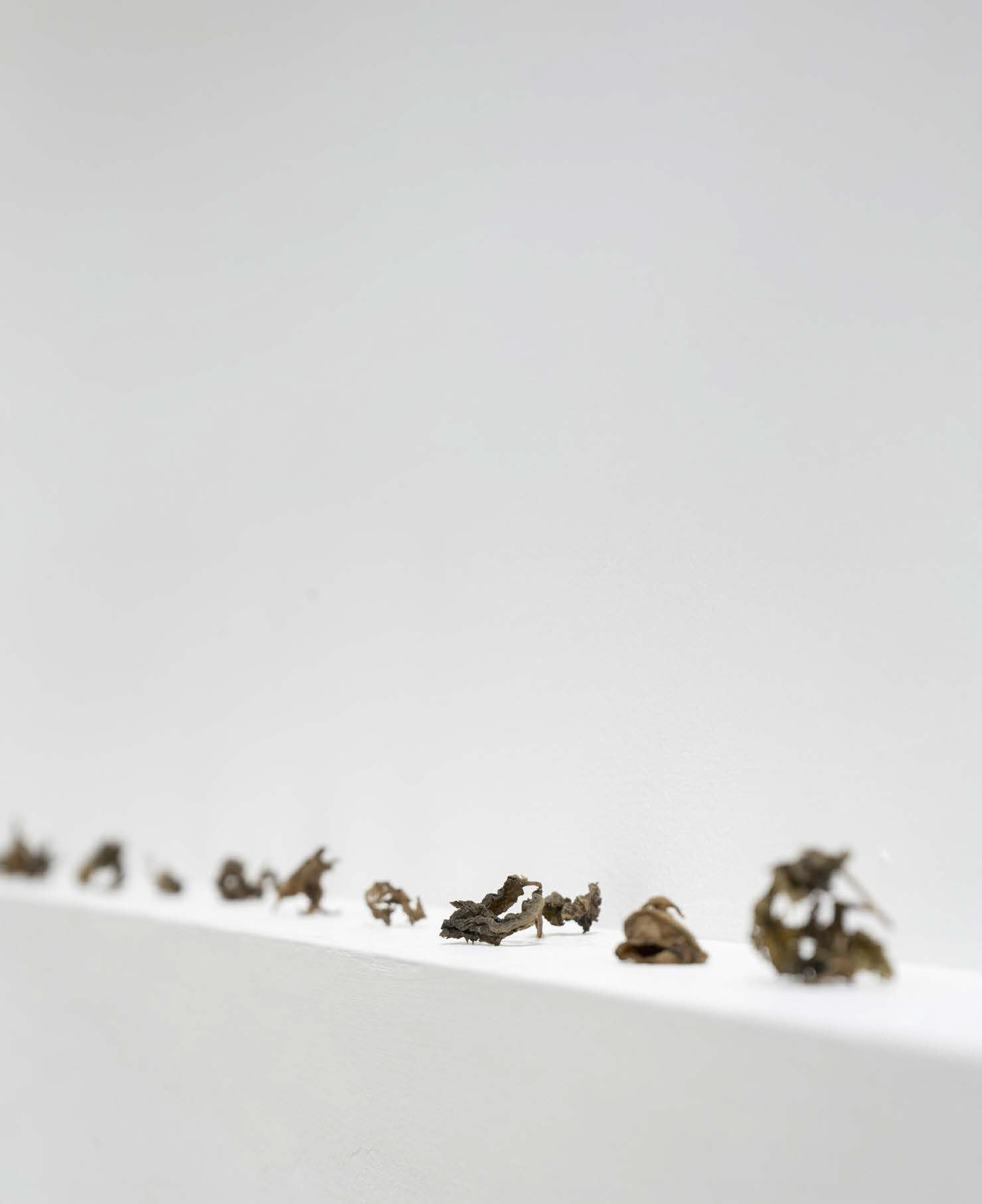
Death remains in the process of writing. Writing has an intrinsic relationship with death.
In writing, every writer moves towards their own death. The writer, too, is a dying person seeking to speak.
In writing, every writer moves towards their own death. The writer, too, is a dying person seeking to speak.
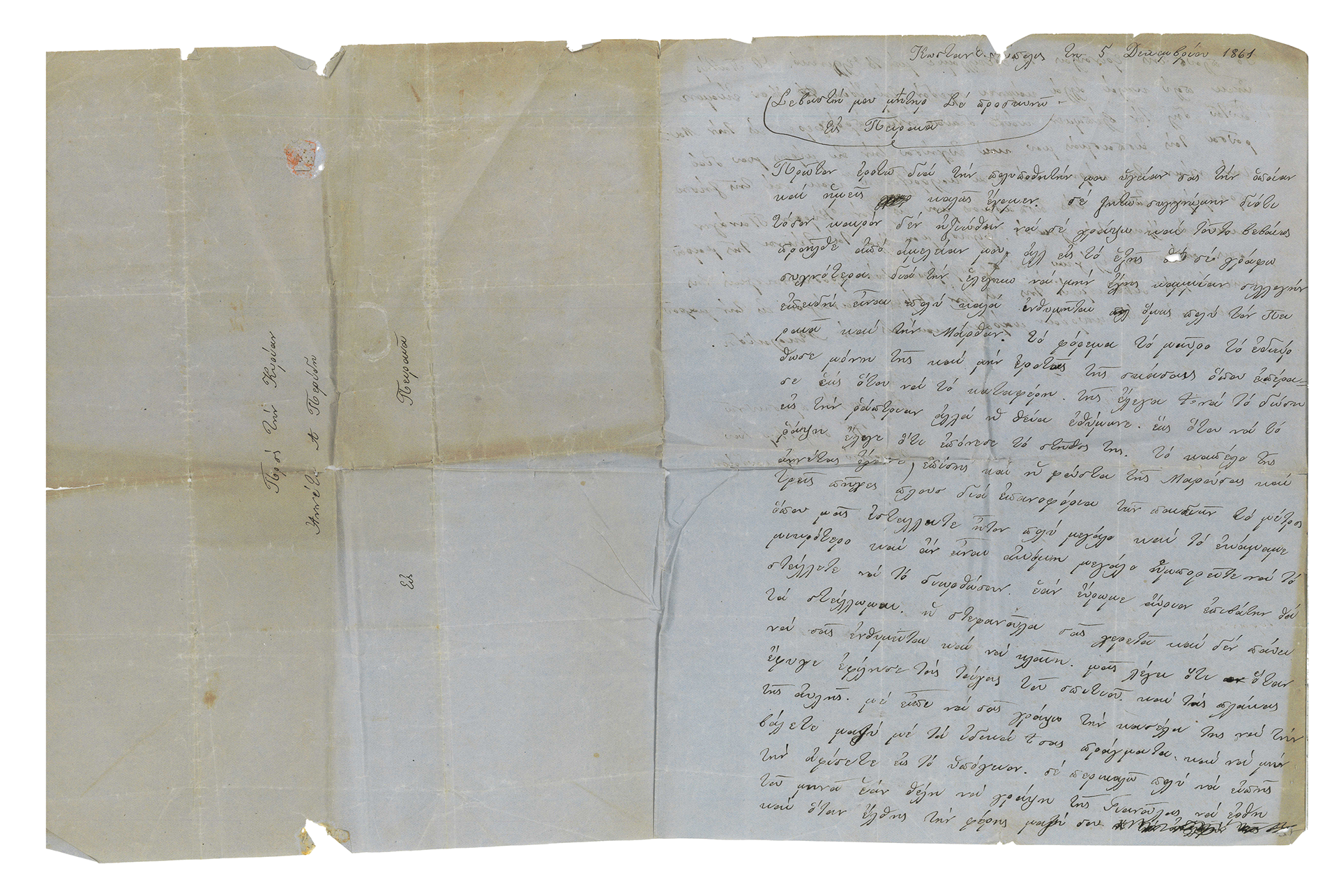

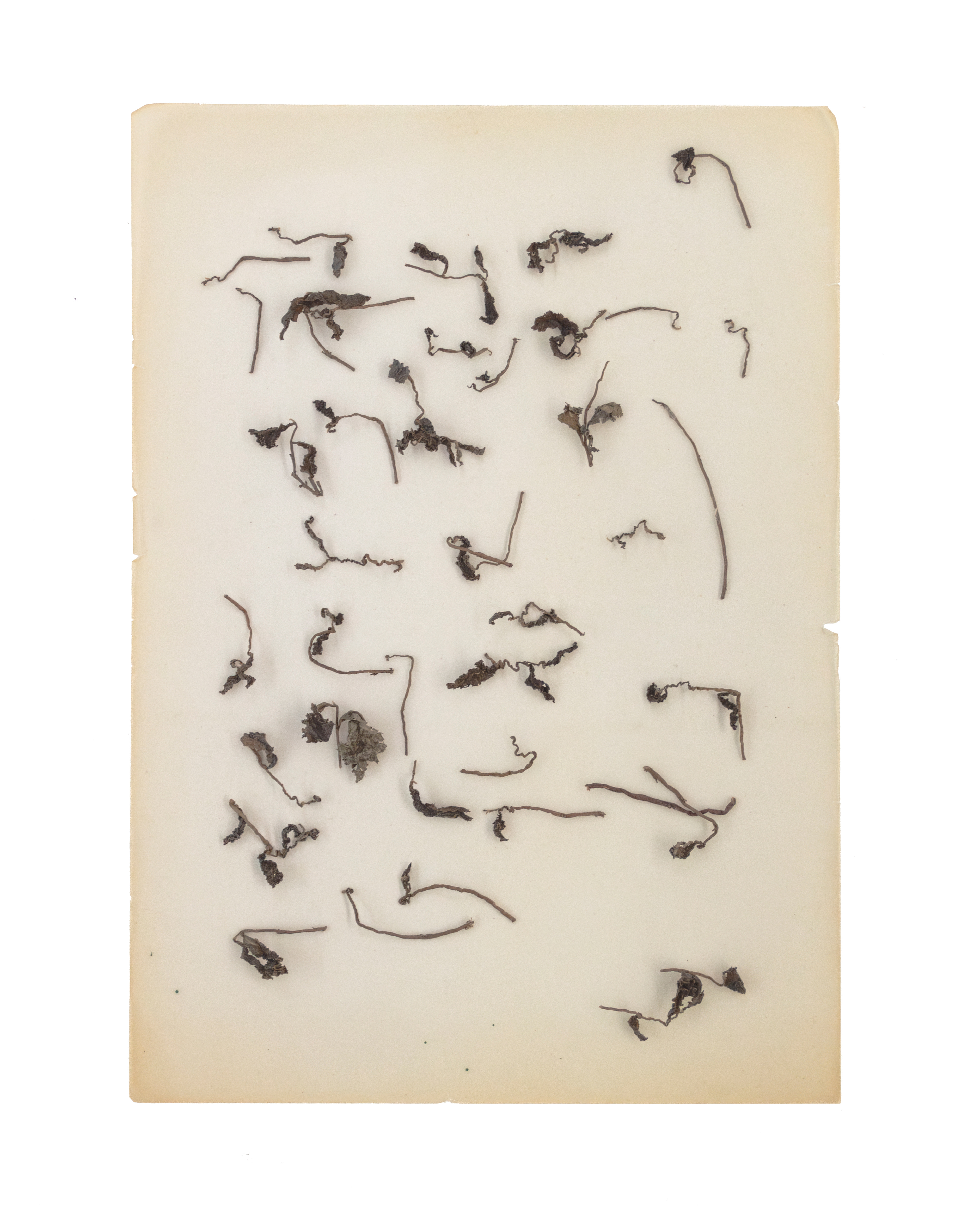
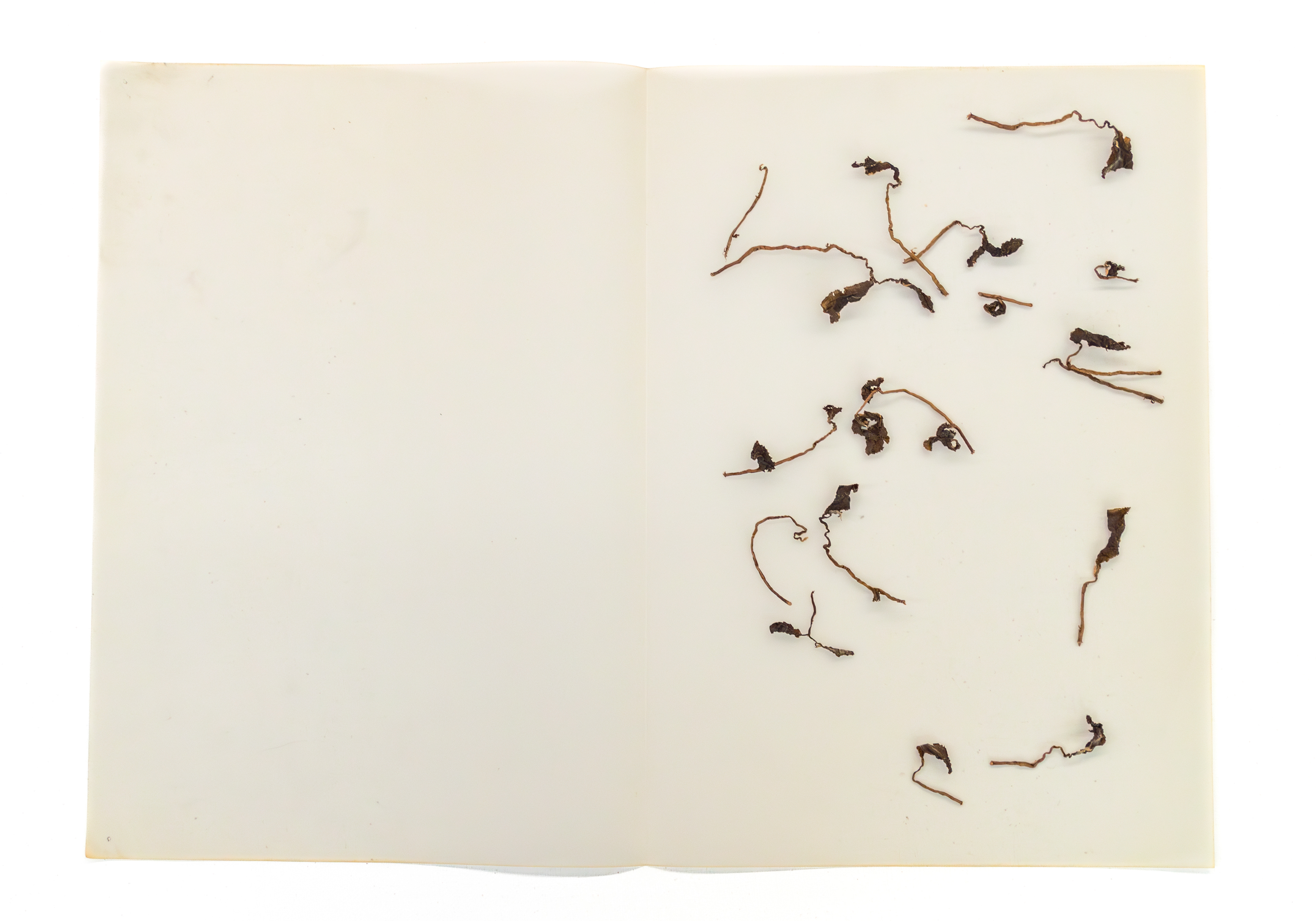
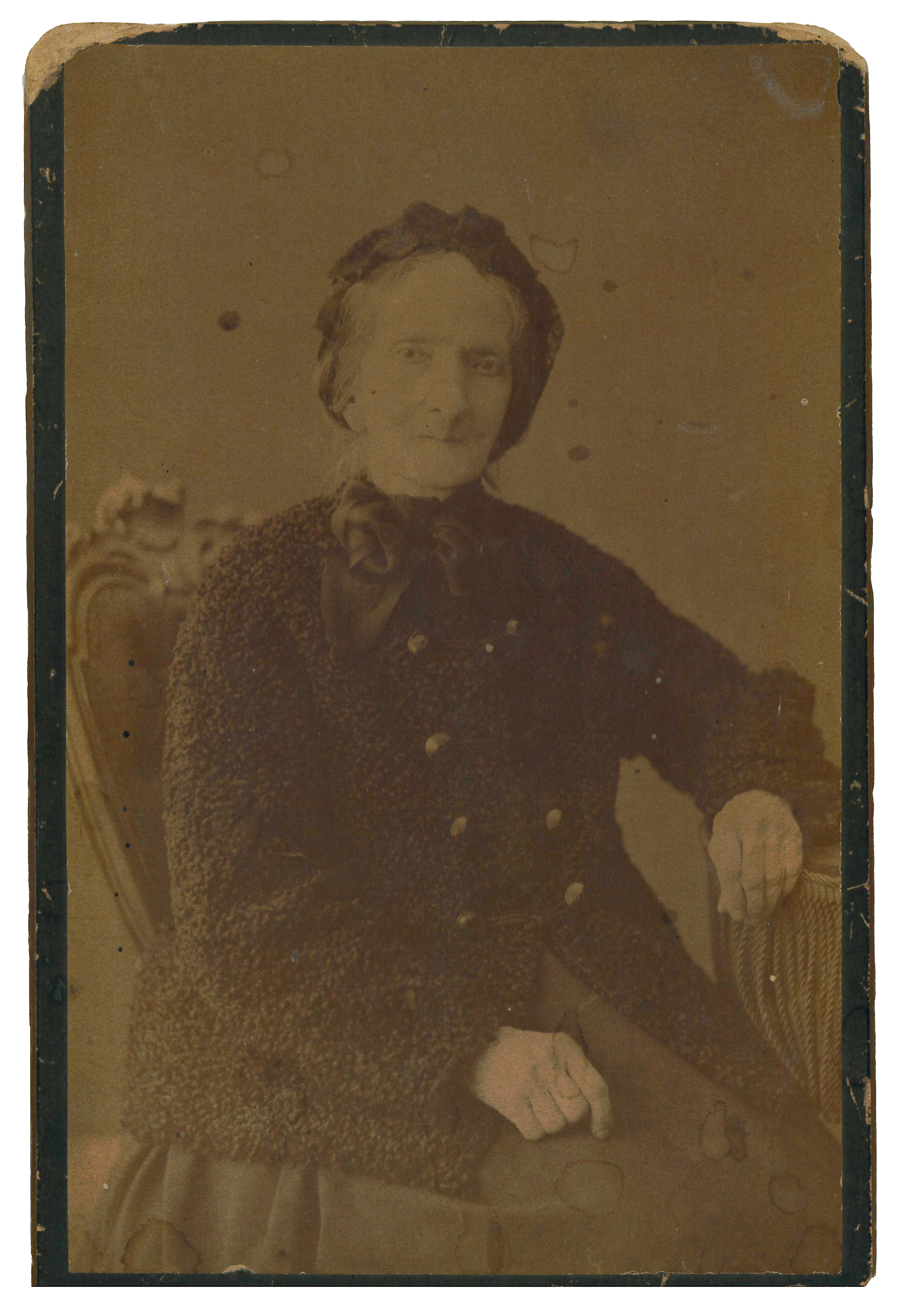

you exist within your absence
...it becomes an utterance or the elusive presence of the other.


Testimonies of experience, their extended existence in the present.
The methodical engravings on the ruler perpetuate the narrative.
The methodical engravings on the ruler perpetuate the narrative.

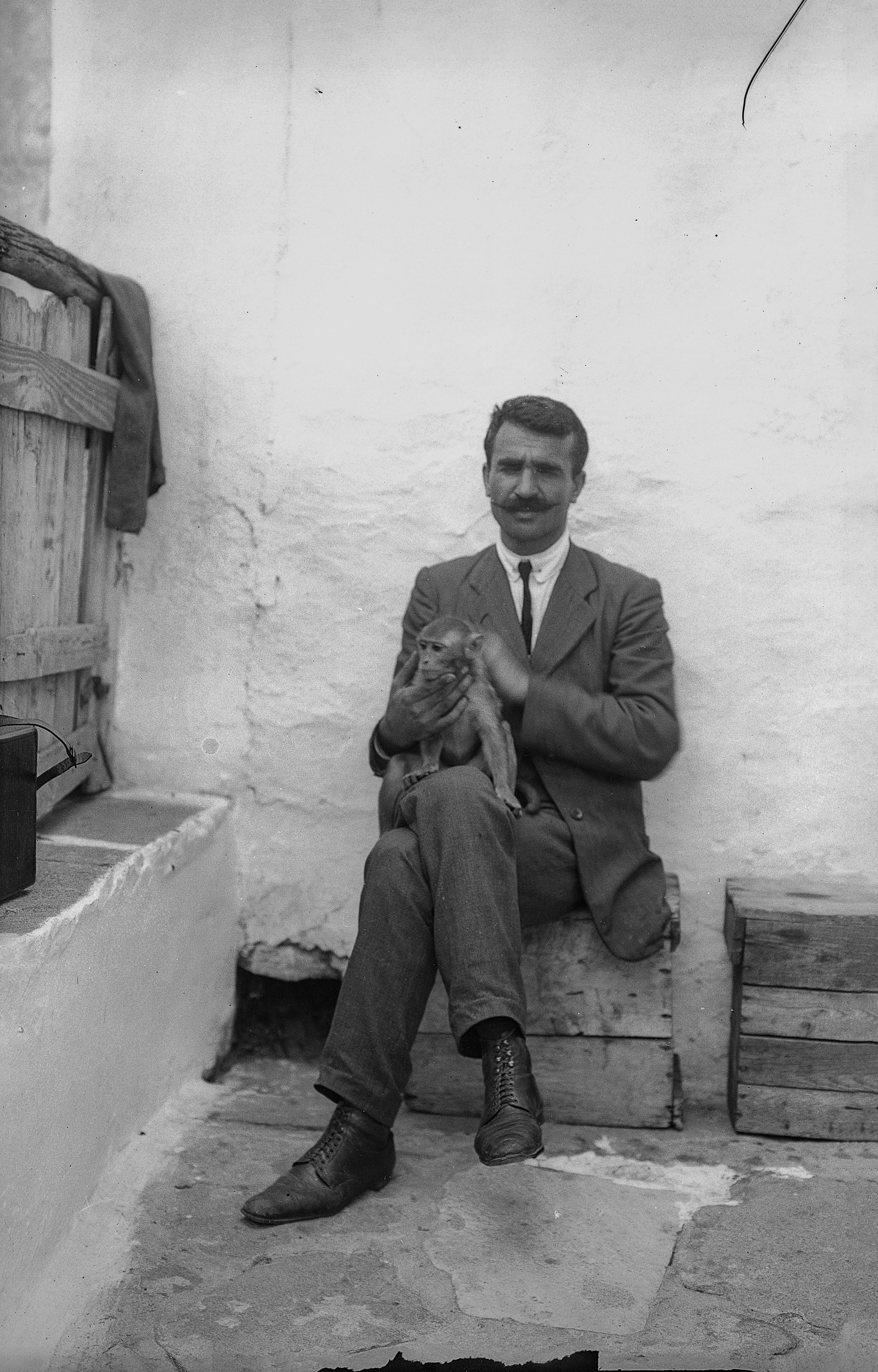
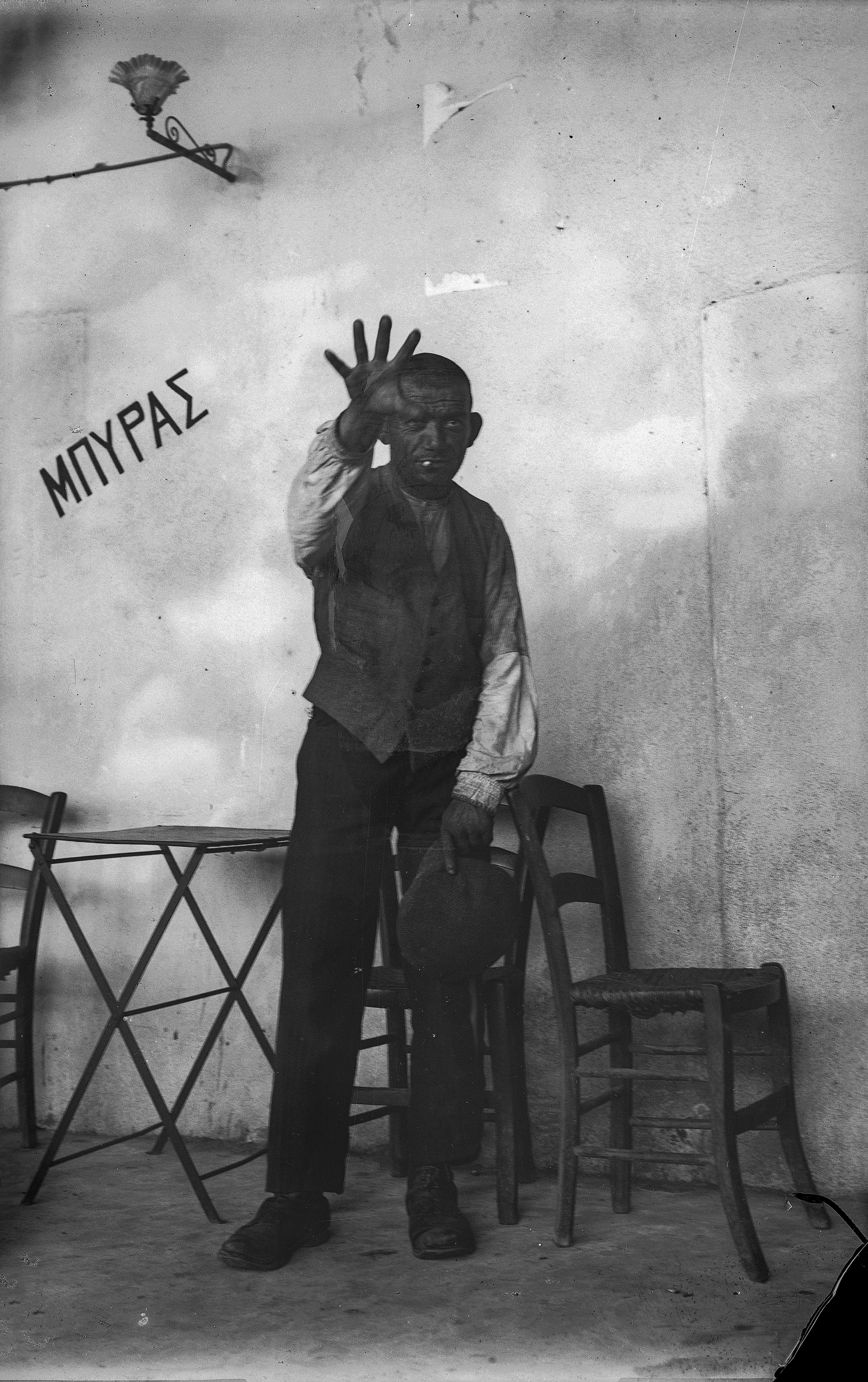
Findings, glazed films from a buried archive. The work presents three physiognomies of everyday life: at the center a figure of structure and authority,marked by its unfamiliar elements, to the left a drunkard and to the right a supplicant, as evidenced by one of his clasped hands.
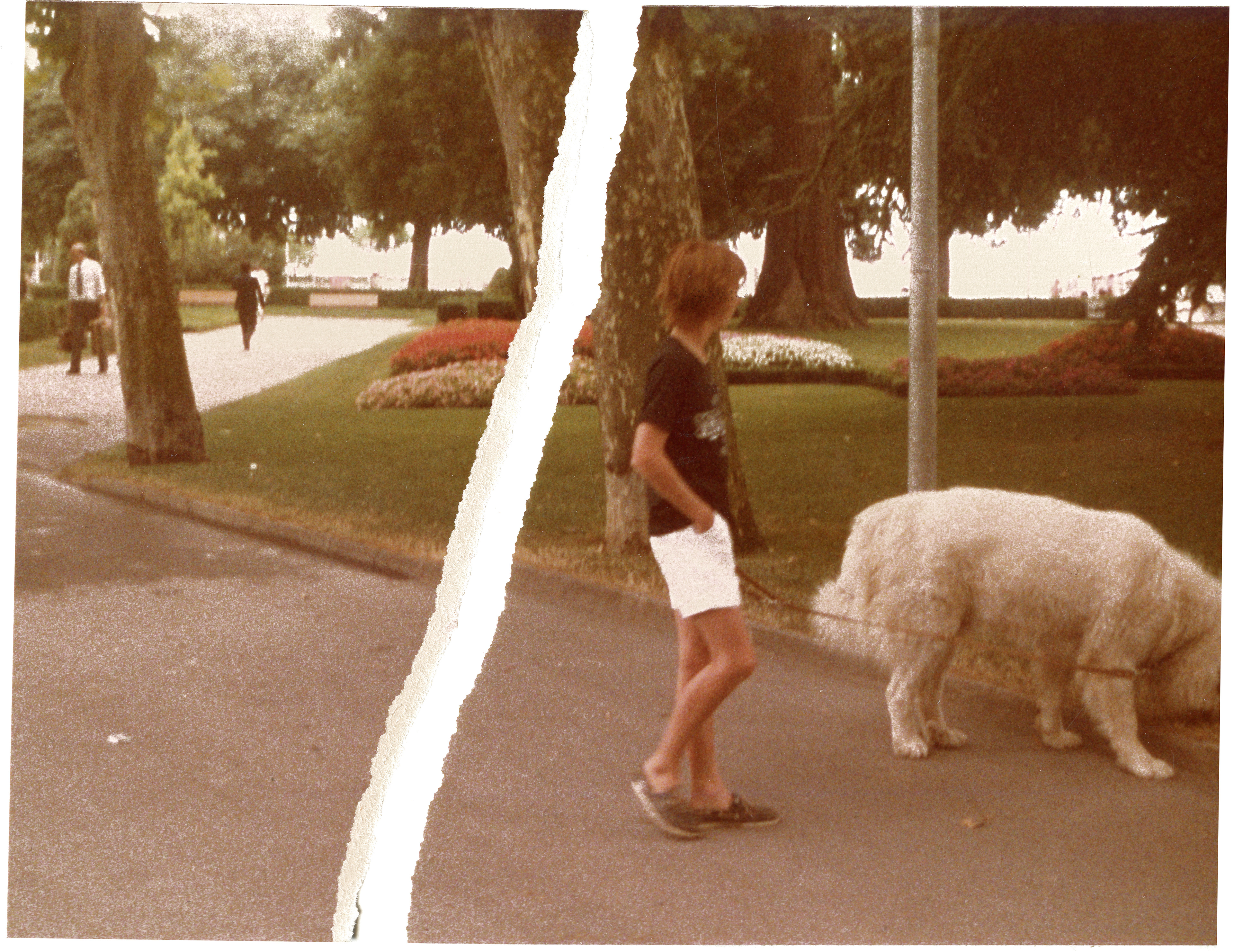
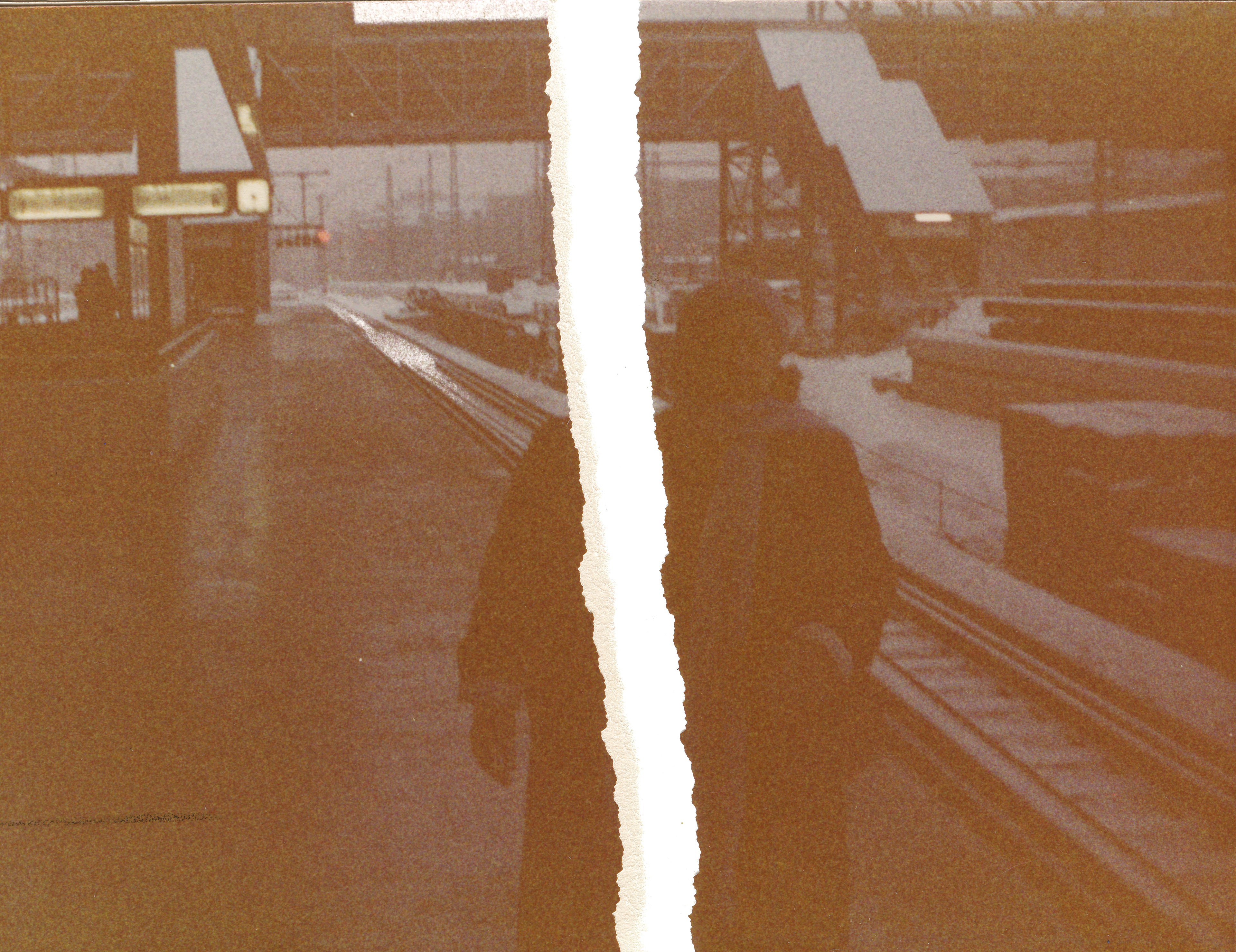
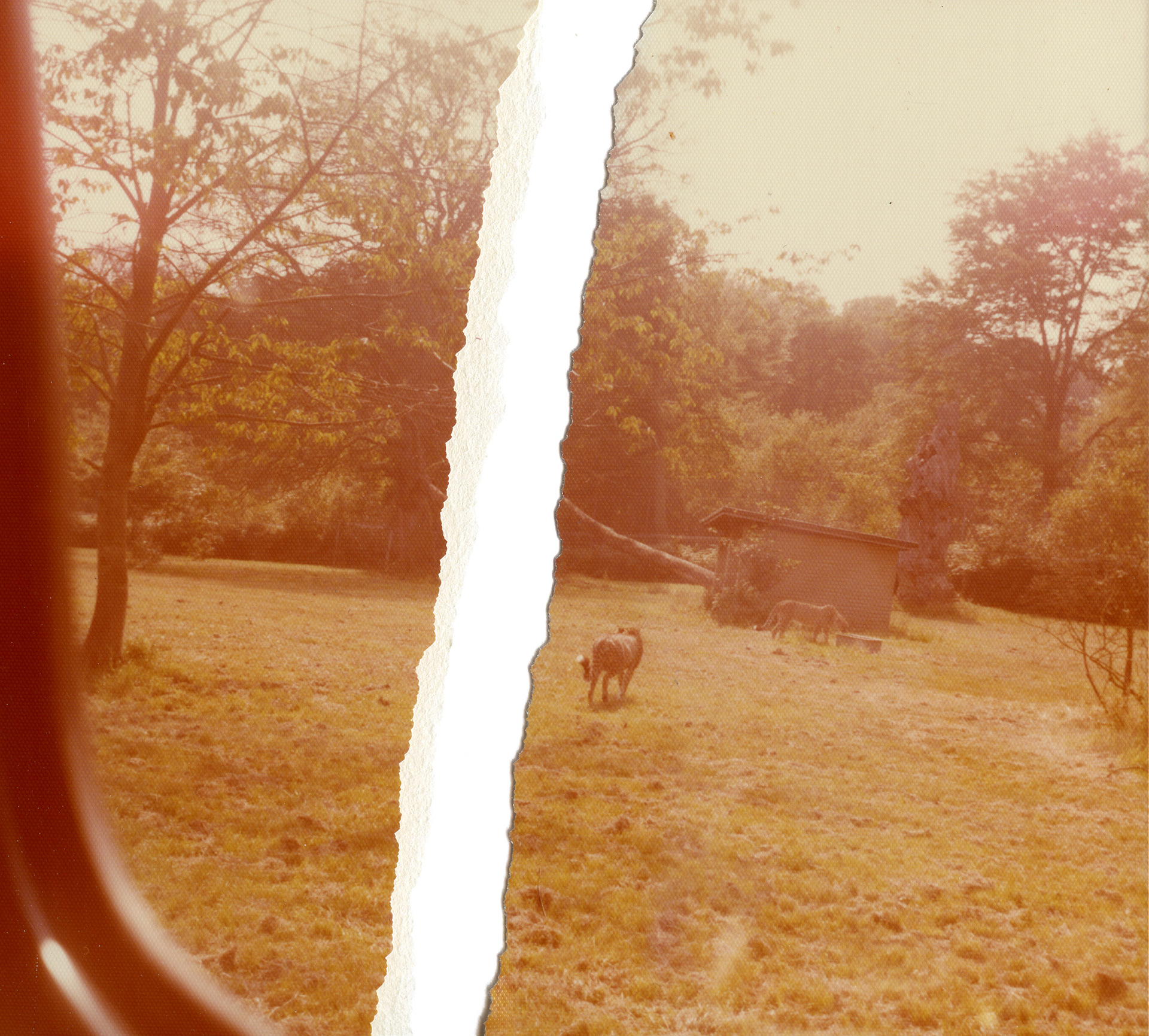
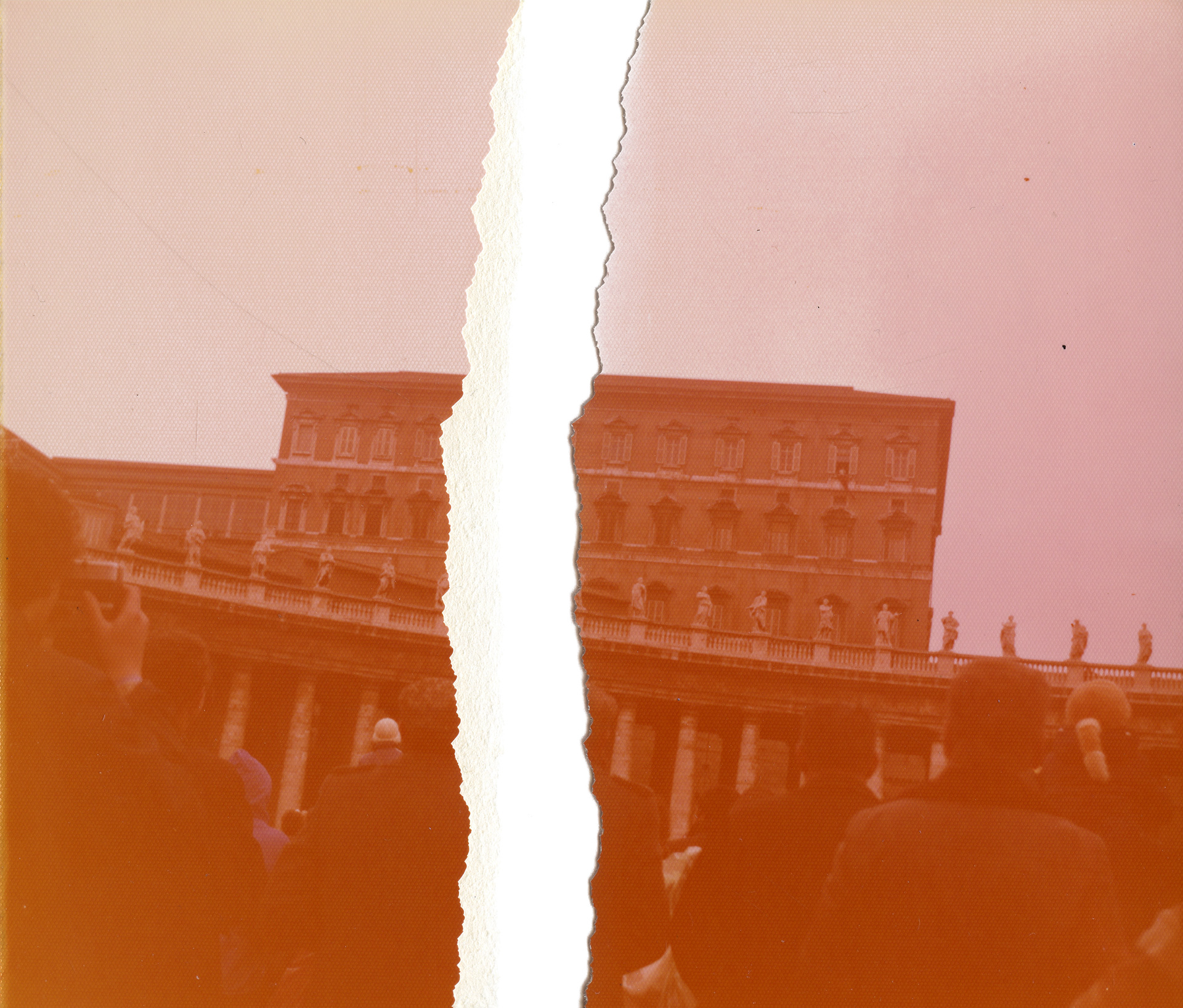
How much does this gesture of tearing up a commemorative photograph confess, and what did it used to narrate? What remains of that memory?
A tear that reveals the concept of complementarity and otherness.
The nullifying, destructive act of tearing unconsciously uproots the everyday element that surrounds and defines us.
A sketch—hastily made, insignificant, yet deeply subconscious.
A sketch—hastily made, insignificant, yet deeply subconscious.
finding of wooden surfaces for hagiography / destroyed hagiography | 30x40cm / 15x25cm
Wooden surfaces prepared for hagiography, using the chalk technique, a method responsible for its reverent sense to the touch. Above, an hagiography destroyed by wildfire. The absence of the Divine, yet also its conception, from the process of intent to the culmination in death.
